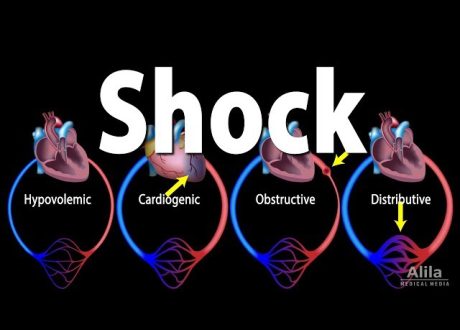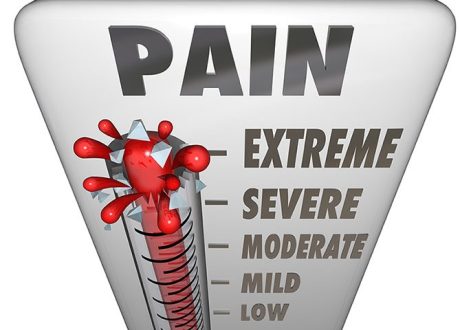Written by Shannon Markus
Spoon Feed
The PECARN Pediatric Head Injury Rule performed well in an analysis of a prospective data set of 15,163 children with TBI. Risk of clinically important TBI for each of the groups in the PECARN algorithm was consistent with the original PECARN study.
Why does this matter?
In the US, over 800,000 children are evaluated for blunt head trauma yearly, and we have to decide who warrants a head CT and who doesn’t. Reducing unnecessary CT use in children is important to minimize exposure to harmful effects of ionizing radiation and risks of sedation in younger children.
A rule worth following?
The PECARN Rule was developed to assist clinicians in identifying head-injured children in need of CT scans based on their risk of significant intracranial injury. This study was a secondary analysis of a prospective multi-center observational study, the Australasian Paediatric Head Injury Rules Study (APHIRST) that enrolled children presenting with head trauma to 10 pediatric EDs in Australia and New Zealand. The primary aim was to determine the rate of clinically important traumatic brain injury (ciTBI) for each PECARN algorithm risk group in an external cohort of patients.
The outcome of ciTBI was defined as death from traumatic brain injury (TBI), neurosurgical intervention for TBI, intubation of more than 24 h for TBI, or hospital admission of ≥2 nights for TBI-related symptoms. Overall 1,528 children (10.1%) were classified as high risk, 6,448 (42.5%) as intermediate risk, and 7,187 (47.4%) as low risk for ciTBI using the PECARN algorithm. The frequency of ciTBI was 8.5%, 0.2%, and 0.0% in the high-, intermediate-, and very-low-risk groups, respectively, for children <2 years and 5.7%, 0.7%, and 0.0% in children ≥2 years.
The study went one step further to determine risk estimates of ciTBI by combinations of individual intermediate- and high-risk predictors. The isolated high-risk predictor with the highest risk of ciTBI was “signs of palpable skull fracture” for younger children (11.4%, 95%CI 5.3–20.5%) and “signs of basilar skull fracture” in children ≥2 years (11.1%, 95%CI 3.7–24.1%). For older children in the intermediate-risk category, the presence of all four predictors had the highest risk of ciTBI (25.0%, 95%CI 0.6–80.6%) followed by the combination of “severe mechanism of injury” and “severe headache” (7.7%, 95%CI 0.2–36.0%).
The study’s biggest limitations were the wide 95% CI boundaries of their results, which were due to the small number of patients in each category. While these risk estimates of ciTBI for different combinations of individual risk predictors are interesting and may one day help refine clinical decision making, they seem at this point to be too cumbersome to apply in a meaningful way during a busy shift. This study confirms that the PECARN rule performs well in a large external cohort of patients with TBI (yay!), but it’s still unclear whether it is clinically useful to further stratify these patients by their individual risk predictors.
Source
PECARN algorithms for minor head trauma: Risk stratification estimates from a prospective PREDICT cohort study. Acad Emerg Med. 2021 Oct;28(10):1124-1133. doi: 10.1111/acem.14308. Epub 2021 Jul 8.










